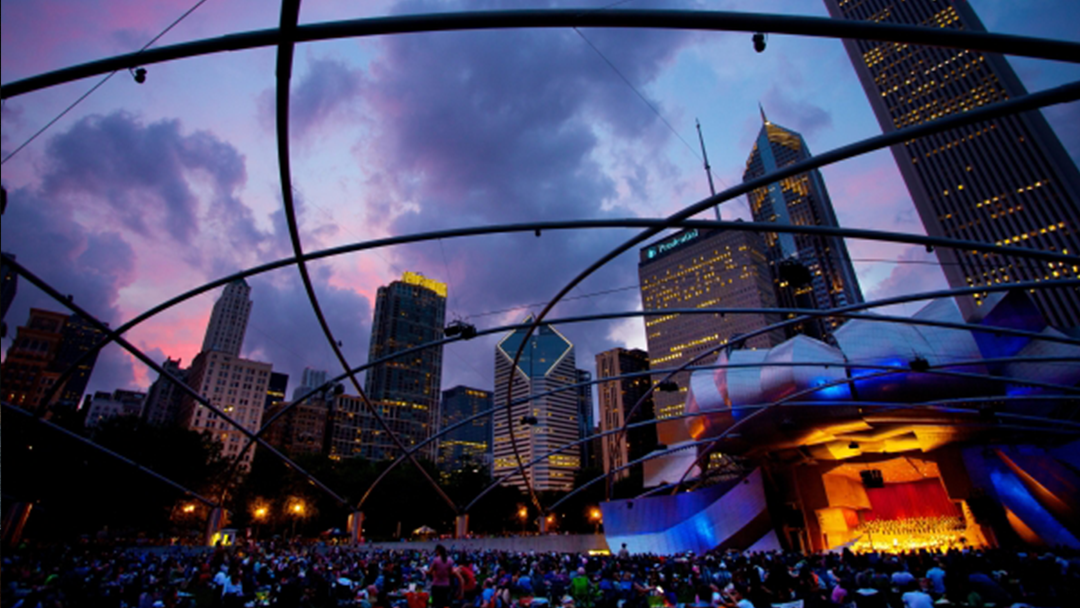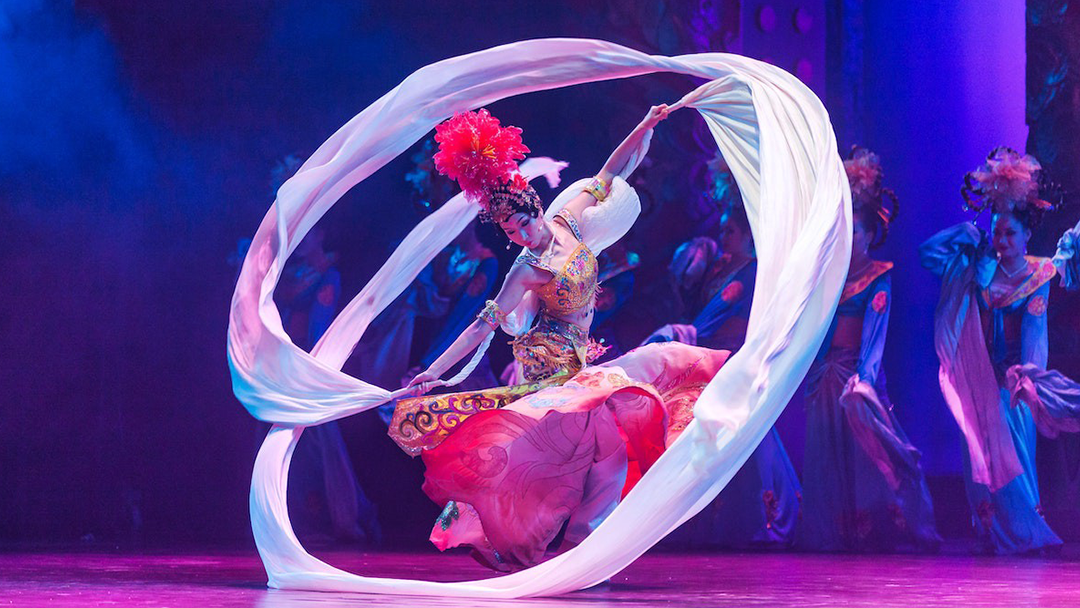I’m borrowing this title from author and my new acquaintance, Bill Deresiewicz. It’s taken from his recent article in Harper’s with that title, and I think it’s an apt description of the experiential spectrum of those of us working in the arts economy. Ours was the first sector affected, it’ll be the last one to recover; and I daresay there isn’t one professional in it who was left untouched, unmoored.
But the artists. Whoa. The artists.
Deresiewicz cites staggering statistics in his piece: by the third quarter of 2020, unemployment averaged 27% with musicians, 52% among actors, and 55% among dancers. As of September, he writes, gallery sales of modern and contemporary art were down by 36%, of course affecting visual artists. The American Alliance of Museums is now crowdsourcing data on museum closings, but as of their Snapshot Survey in October, 33% of museums reported being at risk of permanent closure. Similar stories are being reported in the UK and Canada.
As Deresiewicz says: “What has been happening across the arts is not a recession. It is not even a depression. It is a catastrophe.”
I find myself wondering, how could this have happened?
Bill and I spoke recently, and I heard first-hand how passionately he feels about what he calls the “scandal of free content,” which he believes we’re all at fault for not recognizing and likely participating in. I agree with him, especially having watched our “everything is free” reaction to the pandemic. But I was also reminded that today’s arts economy has come from a place. A 20th Century place. A “professional” era of artistry that he describes in his recent book, “The Death of the Artist.” This era was the result of the “Culture Boom” that took place post-WWII. Our current professional organizations and jobs and degrees and awards and infrastructure were created by this boom, as were the government-funded National Endowment for the Arts, Arts Council England and Canada Council for the Arts. The arts became a public good, and while government programs were designed to ensure the arts belonged to everyone (more on that in a minute), a new middle class was being created. Many more people than we’d ever seen before had time and money to spend.
We know all this history, or parts of it. But the reminder hit me differently this time. Artists and creativity benefitted mightily from that Culture Boom. For the first time, people could study an art or creative form and be paid a living wage by any number of institution types, including academic, journalistic, non-profit or commercial business. Being an artist became a career. People were being paid to be creative, and their skill and talent was curated, recognized and rewarded.
Those Were the Pre-pandemic Good Old Days…
Right?
Initially, maybe. The Culture Boom certainly helped shield more artists from the financial risk inherent in the previous era of the “starving artist,” or from necessary self-promotion and independent career management. Non-profit organizations, universities, publishing houses, record labels, venues — they all helped enable artists to have the time and focus to create, either by hiring artists for seasons of programming or a book project, or by hiring artists as resident staff or faculty. The most satisfying environments supported artistic risk-taking and creativity while also responding to consumers, audiences, donors, students and the like.
But make no mistake, these organizations were businesses, commercial and non-profit. And as I said, middle- (and upper-class) consumers began buying while at the same time the science of consumer marketing became increasingly sophisticated in every product category, including the arts and creative economy. Over time, tensions and troubles erupted.
The Organization is Dead! Long Live the Organization?
In the decade prior to the pandemic crisis, weary of these tensions and troubles, arts industry thought leaders began to suggest that “mainline” or “benchmark” arts and cultural organizations and venues had done their thing and had their time. They began to ask if an entirely new model was required. The reasons were myriad and were playing out in broader society, too; but in non-profit arts and culture donor and board cronyism had become a dominant complaint. The money and influence coming from people with community power and influence often affected programming and other strategic decisions...to benefit whom? Arts organizations began to look and feel like they represented only a portion of communities, and indeed buildings and series were named after these philanthropists, celebrating gifts and investments to the arts, but also often describing the folks (on the) inside.

Grant Park Music Festival. Photo: Christopher Neseman
Countries that created policy to subsidize art and the creative economy eventually found themselves in a conundrum. The investment wasn’t expanding and changing participation in arts and culture, even after decades of investment. Public “good housekeeping seals of approval” from the NEA, Canada Council and Arts Council England also began to describe the folks (on the) inside.
And then there were the artists. Artist unions and work rules, designed to protect and uphold creative standards began to compete with organizational business results. Once on the same side of the metaphorical table, artists began to be siloed, managed, and sometimes sidelined by the administrators and owners running the businesses. As economic crises hit at various times in the last 30 years of the 20th Century, artistic and curatorial expenses often became something to manage, too. Interestingly, this is a thing—according to 2019 research from Duke University, employers of all types regularly lowball creatives. In business, profits can become the priority, which can create trade-offs — even in the commercial arts. It might show up in reduction in artistic investment, or demands for creatives to work in less-than-ideal conditions. And lest we think the latter happens only in business, the non-profit revenue-seeking realities create similar scenarios, too.
Are arts and cultural organizations obviously dead then?
Absolutely not.
The 21st Century Organization.
Fast-forward to 2020 and the pandemic. I’ve written before that I’ve had a front-row seat to a big swath of the creative sector and feared — worried, really — that we aren’t being as creative as the time requires. I described seven ways that I believe our field must change to enable the creativity and resiliency organizations need post-pandemic and beyond. And one of those seven ways I believe we must change is in relationship to our artists. I believe artists must be at the center — of our organizational strategy, our discussions, our governance, our futures — because they are at the center of our creative ability. And it’s creativity we need so desperately now.
So back to the scandal of free content. If you read “Death of the Artist,” you’ll see the in-depth argument, but here’s the thing as I see it: the arts sector and artists didn’t help the problem during the pandemic with its “everything is free” reaction. Deresiewicz describes that even prior to the pandemic, Big Tech created a new standard for distribution of artistic product. And the standard became Free. “You’re ALL creatives!” says YouTube and TikTok. “Let’s all share our creativity with each other on this app!” Napster really got this new game started, and after seeing a model that reduced the cost of music to free, big tech saw the opportunity and began monetizing free and highly negotiated lower-priced creative content with every click and share and Amazon service. Deresiewicz describes in detail the incredible degradation of the value of creativity that’s taken place over the past 20 years, even as we’re seeing more and more “creativity,” everyday, in real time. On Instagram and Facebook, and TikTok and Snapchat and YouTube and…. And that’s the point. All creativity is not equally valuable, and that which is, should be paid for. Deresiewicz and I agree heartily on this point. But it’s hard work, scaling and supporting creative artistry and business.
Which is what ORGANIZATIONS and VENUES DO.

Photo by Robert Stokoe from Pexels
As Deresiewicz so beautifully says, “The arts ... are ecosystems. That means that major talents, with their lasting, transformational achievements, do not fall out of the sky, that their emergence depends upon a host of other individuals.… It means the institutions (the local club, the 99-seat theater, the indie label, the independent press) can survive only with a critical mass of artists to serve—who rely, in turn, upon the institutions. It means that even small or mediocre projects have their value, because they give creators experience, and maybe a paycheck, so they can stick around and work another day. It means that artists cannot do their work if others can’t as well: the lighting technician, the copy editor, the person who keeps the books….”
All of us, including Bill, know organizations don’t work exclusively for artists. Today’s arts and cultural ecosystem has a group of stakeholders that includes artists. But the bigger problem? Even with the extraordinary incentive for change because of the twin pandemics of COVID-19 and the increasingly broad recognition of systemic societal racism, today most organizations plan to continue operations based on 20th Century standards. And it’s not only our communities facing the consequences. It’s our artists. Which means it’s our creative fuel.
New Standards for a New Century Organization
But here’s the good news. If fairly compensated and provided sane working conditions; if their voices are moved from silos into the organizational strategy, governance and leadership of organizations; artists and creatives can help create the 21st Century standards that organizations and venues require. They can help ignite our organizational and community imaginations as we tackle and prepare for our post-pandemic future. A future where communities see the power of creativity and artistry to help enliven and improve education, social justice, housing, policing, the quality of our neighborhoods, and more.
And, duh: artists and creatives help us have good fun, too.
I’m more convinced than ever: we must tap our biggest creative engines for the kind of future our communities and stakeholders deserve. We must tap our artists.
Let’s not be satisfied with 20th Century dreams. It’s 2021. We must have 21st Century Organizations with 21st Century dreams. And our artists can help us get there.
I’m interested in dialoging with leaders who want to build this future, one that puts artists at the center. If you are interested in exploring ideas around the 21st Century arts organization, creative sector resilience, and new standards for the arts economy, please join me here for future postings.
Jill S. Robinson CEO | TRG Arts

Jill S. Robinson is CEO of TRG Arts (The Results Group for the Arts), a renowned international, data-driven change agency and a ColoradoBIZ Top 100 Women-Owned Company. As a driving force in the arts and culture sector, Jill has inspired leaders and organizations for more than three decades, and her expertise and counsel are sought out by arts and cultural executives worldwide. Jill believes in the transformative power of arts and culture experiences, and that positive, profound change in the business model of arts organizations leads to artistic innovation that can inspire entire communities.
More Blogs from Jill
Leaders: Do you consider yourself to be creative?
This year, I'm on an exploration of creativity, sharing reasons why the arts and culture sector isn’t as creative or resilient as it could be. I invite to you to join me: I'd love to engage with you about what I’m seeing, what you’re seeing, and what we might do to make a difference.
Join Me
